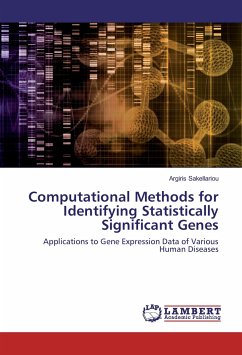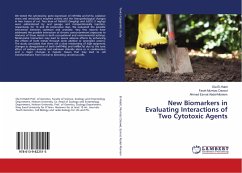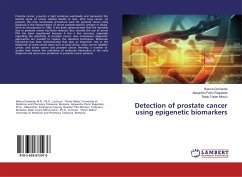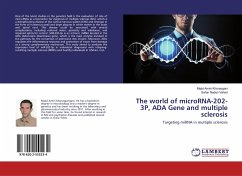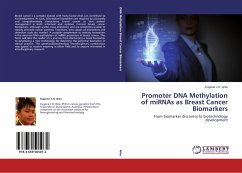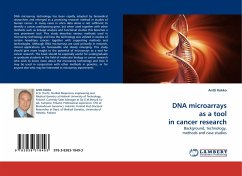The advent of microarray technology has revolutionized our knowledge about the underlying mechanisms of human diseases, based on the simultaneous hybridization of thousands of genes. he analysis and mining in this immense amount of information necessitate the development of sophisticated algorithms and effective computational tools. The holy grail of those tools is to discern those maybe tens of genes among tens of thousands of genes that appear to differentiate their expression values systematically between two specific phenotypes. This endeavor is impeded by several factors including the inherent "noise" from the microarray technology and the poly-parametric nature of the diseases, which disguise the hunted patterns of differential gene expression. In this book, we propose a new hybrid feature selection method (mAP-KL) based on the hypothesis that among the statistically significant ranked genes in a gene list, there should be clusters of genes that share similar biological functions related to the investigated disease. Thus, instead of keeping N top ranked genes, it would be more appropriate to define and keep a number of gene cluster exemplars.

